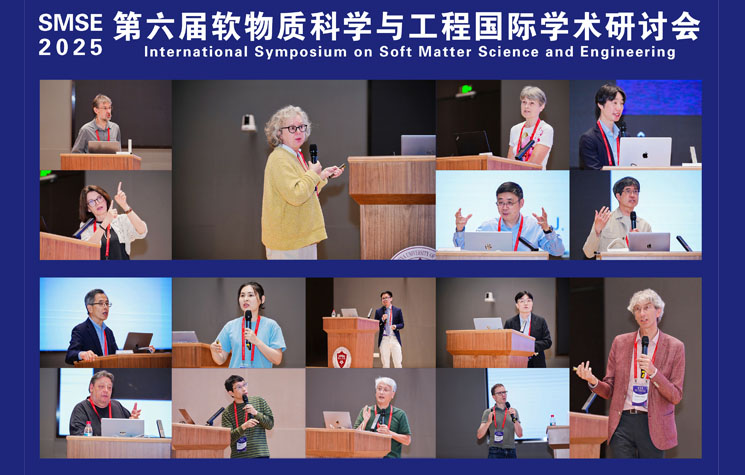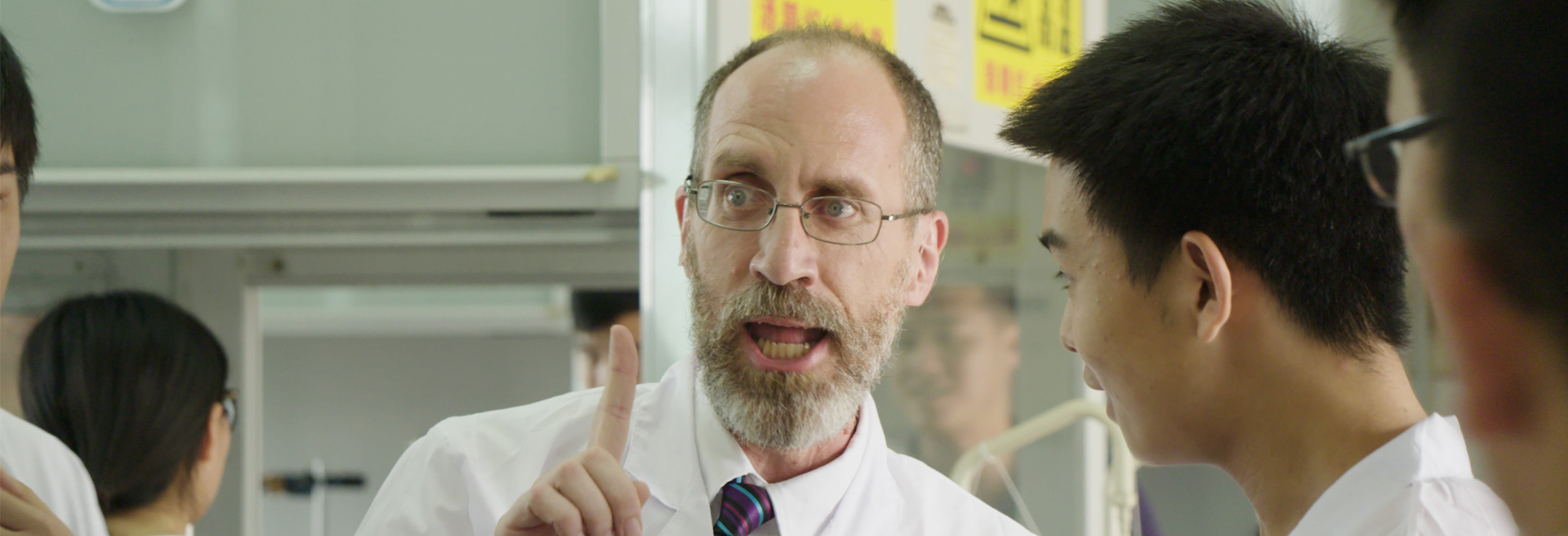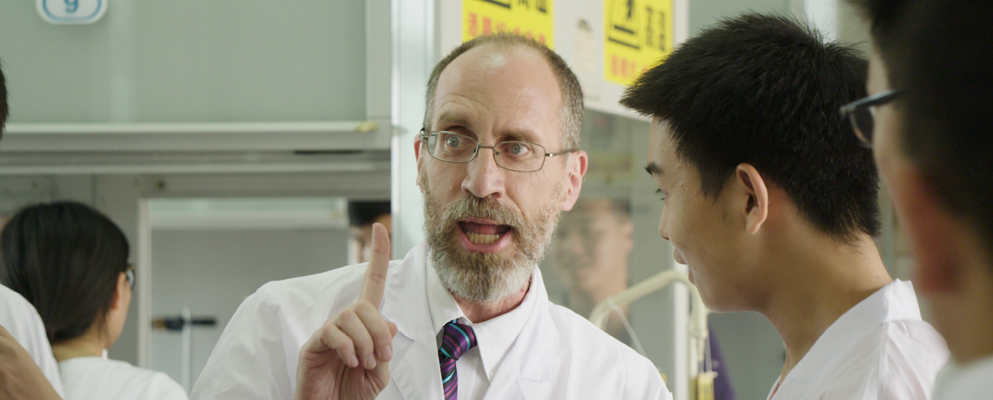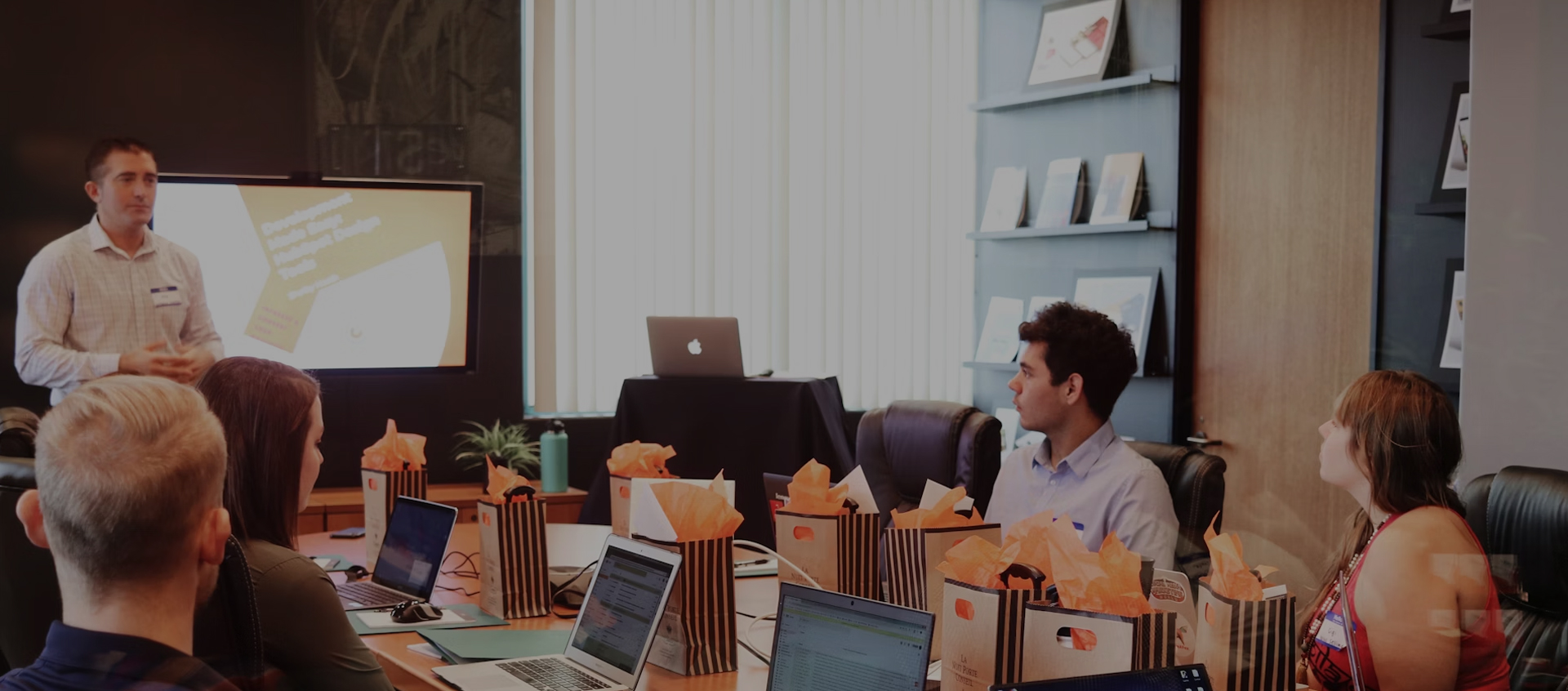Speaker:Prof. Dirk Jan Broer, Eindhoven University of Technology
Time:14:00 on November 14, 2025
Location: Lecture Room 324,AISMST
Abstract:
Liquid crystals are known for their well-controlled molecular organization which is used to the benefit of liquid crystal displays, diffractive optics, soft robotics, and active surfaces. For most applications the liquid crystal alignment, as defined by the director, is chosen to be linear, twisted, splayed, or organized around a defect. When chirality is introduced to the liquid crystal, the molecular organization becomes more complex as the director field becomes nonuniform. In its most simple form, the director describes a continuous twist to form a helix with the helix axes either perpendicular or parallel to the substrate surface. But more spatially distorted structures are also possible. In our work we combine these structures with motor molecules that change conformation or orientation upon activation by an external trigger, usually light or electricity. By coordinated interactions within the liquid crystal phases the molecular conformational changes are amplified to effects that can be seen, can be felt and can perform mechanical actions of relevance for our macroscopic world. Tangible materials are obtained by polymerizing the liquid crystals in their ordered state to a plastic film or object. In the presentation we will discuss the principles and place them in the perspective of applications such as information windows, haptic surfaces, pick-and-place elements, soft robotics and surface effects for lubrication and debris removal.
Biography:
Prof. Dirk Jan Broer is Professor Emeritus at Eindhoven University of Technology, fellow at the Institute for Complex Molecular Systems and distinguished professor at South China Normal University. His research field is polymer science with an emphasis on responsive polymers, self-organizing systems, liquid crystals, and their applications in the field of optics and soft mechanics. Prof. Broer started his professional career in 1973 at Philips Research Laboratories in Eindhoven where he became Vice President Research in 2003 and specialized in data storage, communication, and display systems. In 1985 he introduced the process of in-situ photopolymerization of liquid crystal monomers, presently being used by many academic and industrial groups, for instance for optical and soft robotic components. In 2010, he became professor in Eindhoven to chair the Department Functional Organic Materials and Devices. Prof. Broer is member of the Royal Dutch Academy of Arts and Sciences, has been awarded with royal distinction, to become 'Knight in the Order of the Lion of the Netherlands'. The oldest and highest Dutch civilian order of chivalry. He has around 350 publications in peer-reviewed journals and more than 120 US patents.








